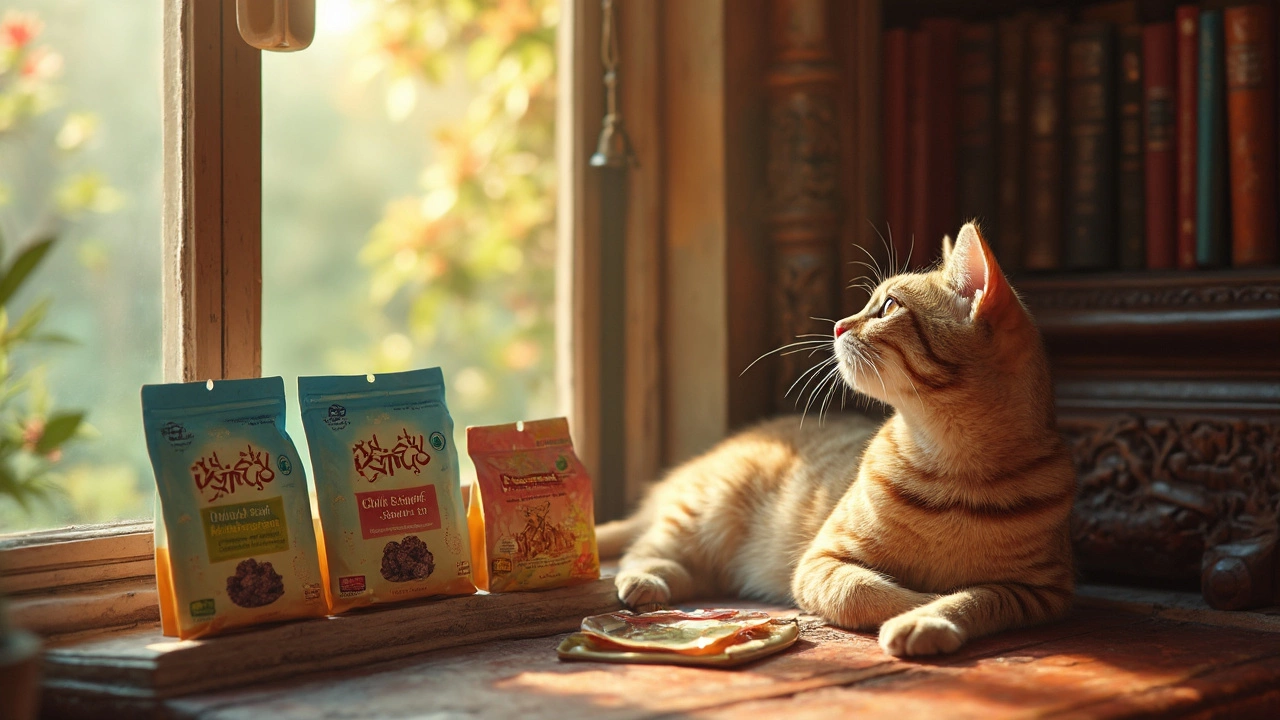Dry Food for Dogs and Cats – What You Need to Know
Dry food is the go‑to meal for many pet owners because it’s cheap, easy to store, and lasts a long time. But not all dry kibble is the same. Picking the right one can keep your dog’s coat shiny and your cat’s teeth clean. Below you’ll find practical advice that cuts through the hype and helps you choose the best dry food for your furry friend.
Why Choose Dry Food?
First off, dry food is simple. A sealed bag stays fresh for months, and you can measure out a scoop in seconds. That convenience often means you’re more consistent with feeding, which supports steady weight and good digestion. The crunchy texture also helps scrape plaque off a dog’s teeth, acting like a built‑in toothbrush. For cats, the dry kibble provides a predictable source of carbs and protein that many vets recommend for indoor pets.
But convenience isn’t the only reason people pick kibble. Modern formulas include added vitamins, joint‑supporting glucosamine, and even probiotics for gut health. If you read the label, you’ll see that many brands now focus on real meat as the first ingredient, which is a big plus for both dogs and cats.
Choosing the Right Dry Food
Start with your pet’s age and size. Puppy and kitten kibble contain more calories and nutrients to support rapid growth. For a large‑breed dog, look for formulas that limit calcium to protect growing joints. Small breeds often need smaller kibble pieces that are easy to chew.
Next, check the ingredient list. The first ingredient should be a real meat source, like chicken, turkey, or fish. Avoid brands that list “meat meal” without specifying the animal, and steer clear of added fillers like corn, wheat, or soy if your pet has sensitivities.
If you’re worried about preservatives, pick kibble that uses natural antioxidants such as tocopherols (vitamin E) instead of synthetic BHA or BHT. Some owners also like to add a little wet food on top of the dry kibble for extra moisture and flavor. Our article “Can I Mix Wet Food with Dry Food for My Cat?” explains how to do that safely.
Storage matters, too. Keep the bag sealed in a cool, dry place and use an airtight container if you buy in bulk. This prevents oxidation, which can make the food go stale faster.
Finally, consider customer reviews and vet recommendations. Posts like “Blue Buffalo vs Purina: Which Dog Food Is Better?” break down ingredient differences and help you compare brands side by side.
To sum up, the best dry food is one that matches your pet’s life stage, uses high‑quality meat as the first ingredient, avoids unnecessary fillers, and stays fresh in your pantry. With these guidelines, you’ll feel confident picking a kibble that keeps tails wagging and whiskers twitching for years to come.

Why Do Vets Recommend Dry Food for Cats?
Choosing the right food for your cat can be daunting, especially with numerous options on the market. Many vets suggest dry food due to its convenience, cost-effectiveness, and benefits for dental health. This article explores why dry food remains a popular choice among veterinarians, debunking myths and offering practical tips for your feline friend's diet. Learn the key reasons behind vet recommendations and how to make informed choices for your pet's health.
read more
Can Cats Thrive on Just Dry Food?
Is it possible for cats to live a healthy life on a diet of only dry food? This article explores the nutritional needs of cats, the benefits and drawbacks of dry food, and important tips for ensuring your furry friend stays healthy. Dive into essential insights about feline hydration, the importance of balanced meals, and how to make the best choice for your pet.
read more



